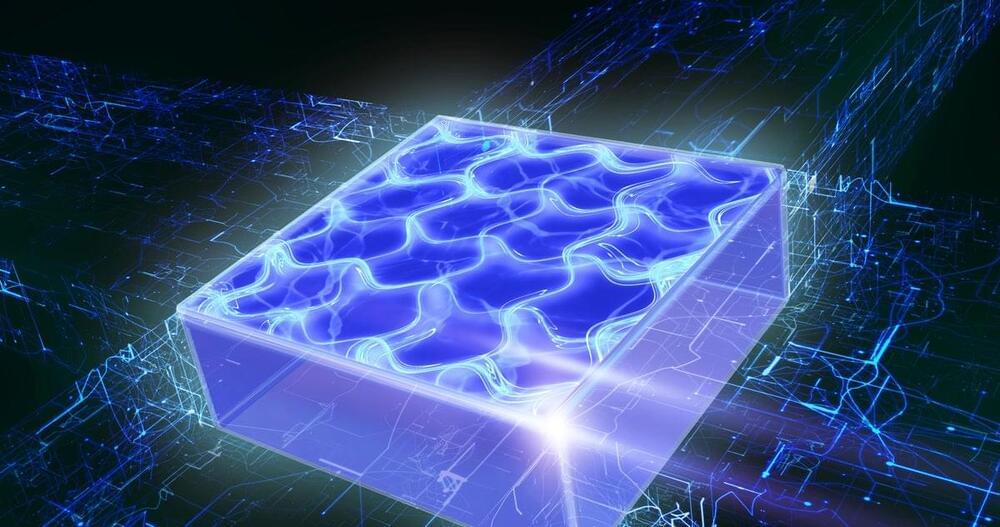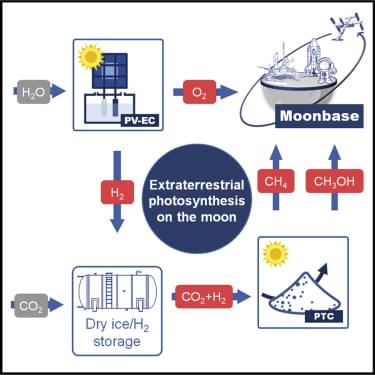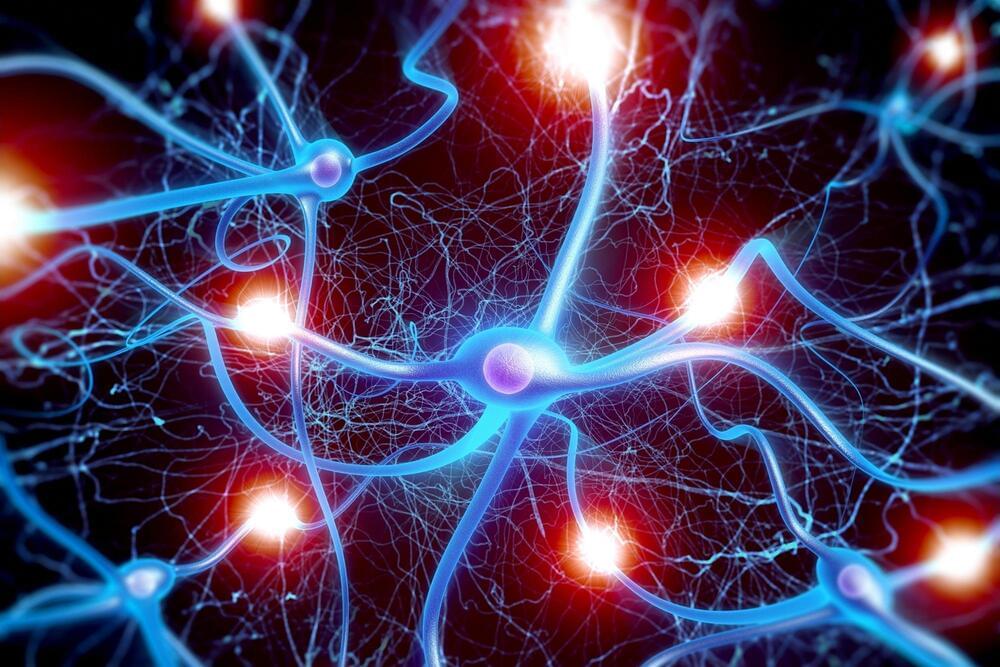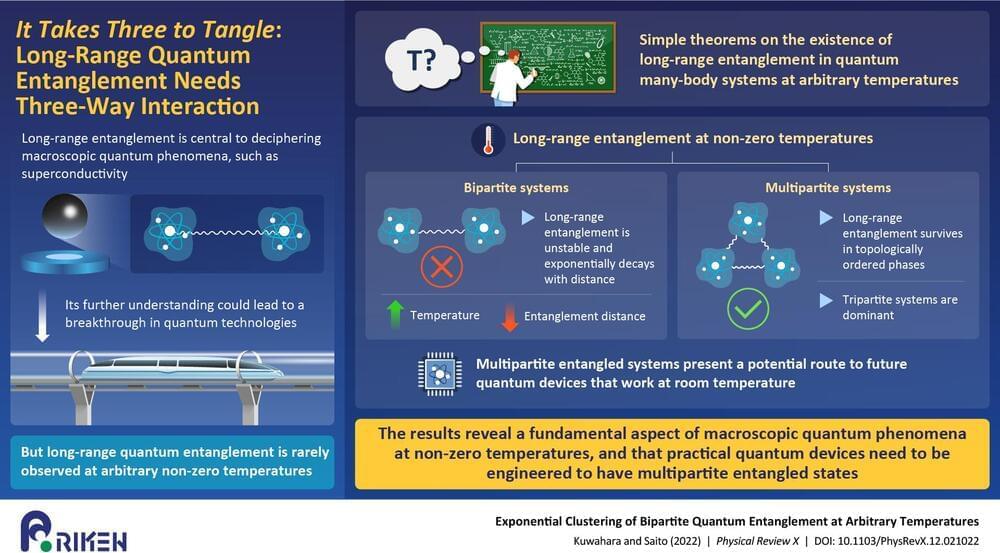May 6, 2022
We finally have a working supersolid. Here’s why that matters
Posted by Quinn Sena in category: physics
For the past several years, scientists have been creating supersolids at very tiny scales in the lab. Now, a group of physicists have made the most sophisticated supersolid yet: one that exists in two-dimensions, like a sheet of paper. They published their results in Nature last Wednesday.
“It’s always been a sort of outstanding goal to bring [supersolids] into two dimensions,” says Matthew Norcia, a physicist at Innsbruck University in Austria, and lead author of the Nature paper.
So what exactly is a supersolid? At its base, it contains properties of two different states of matter, one mundane and another quite esoteric.


















